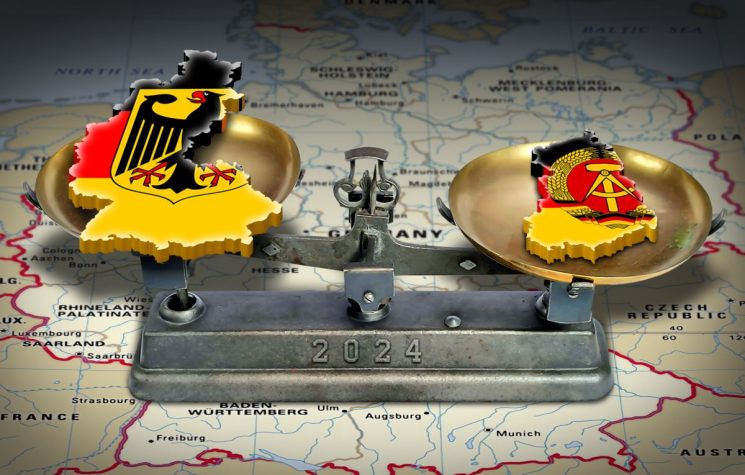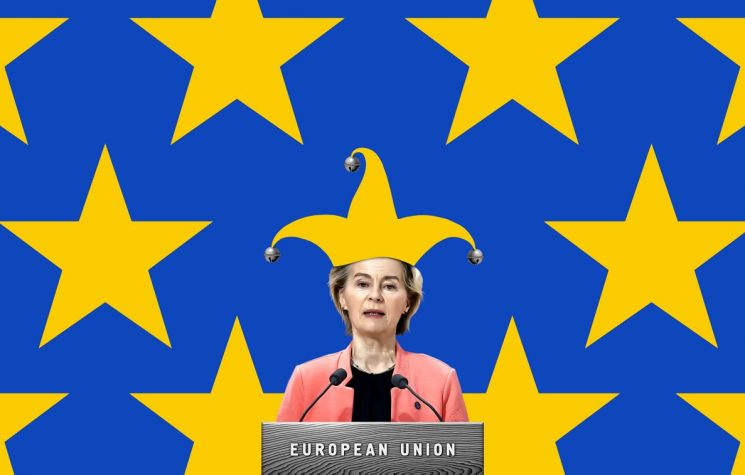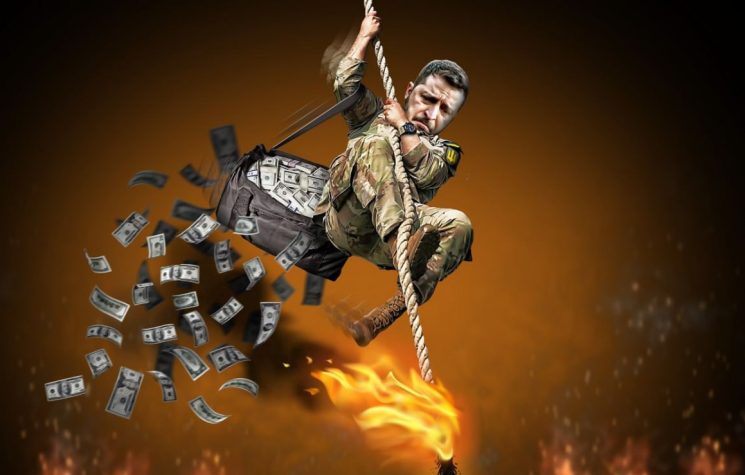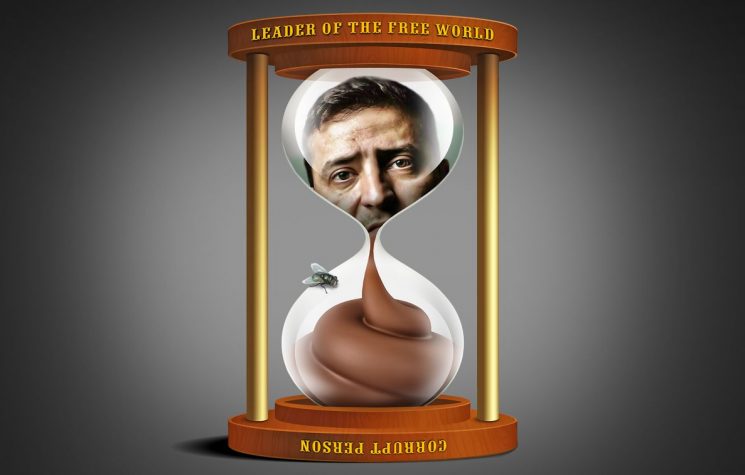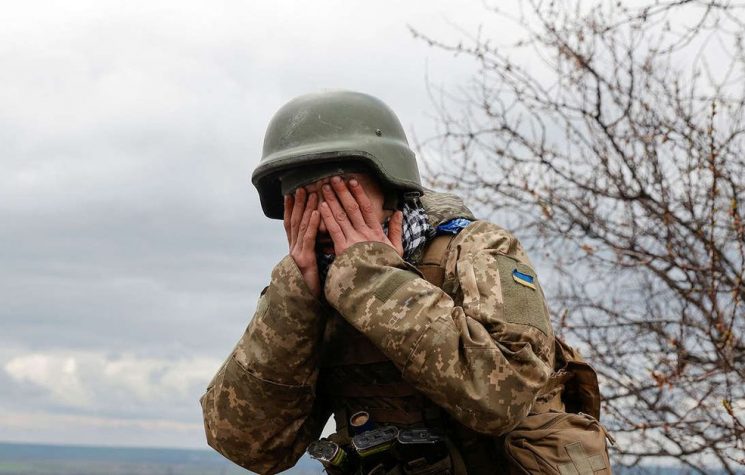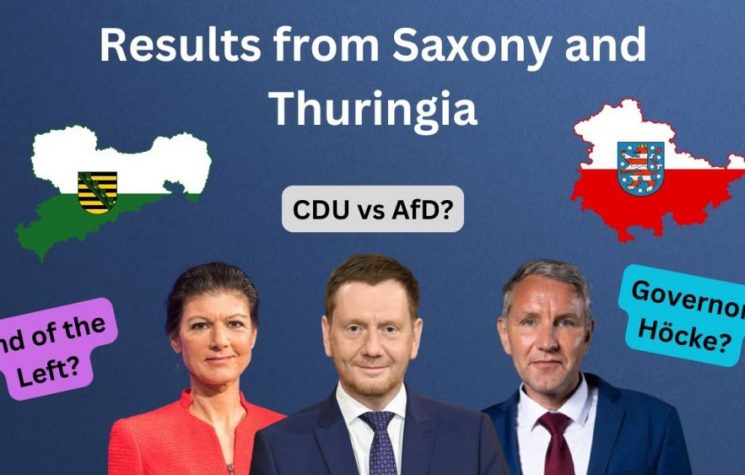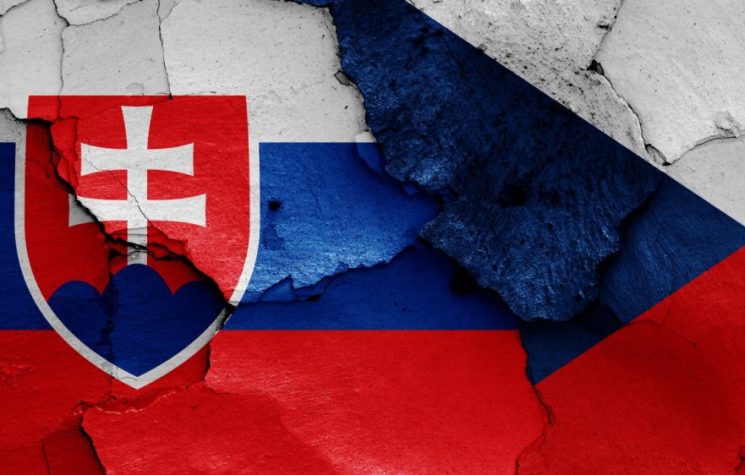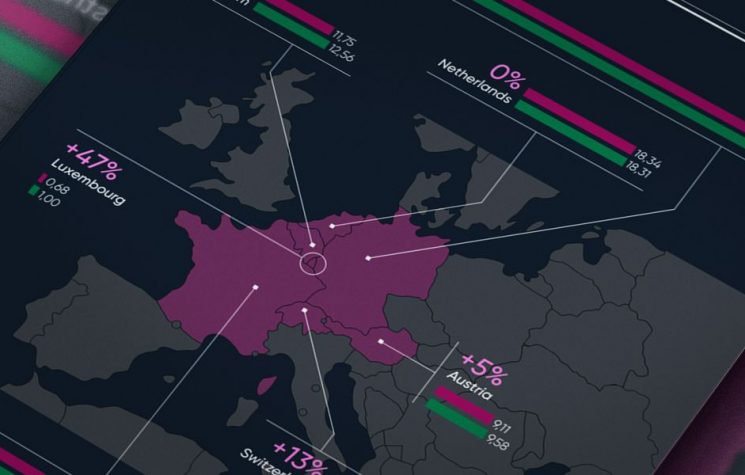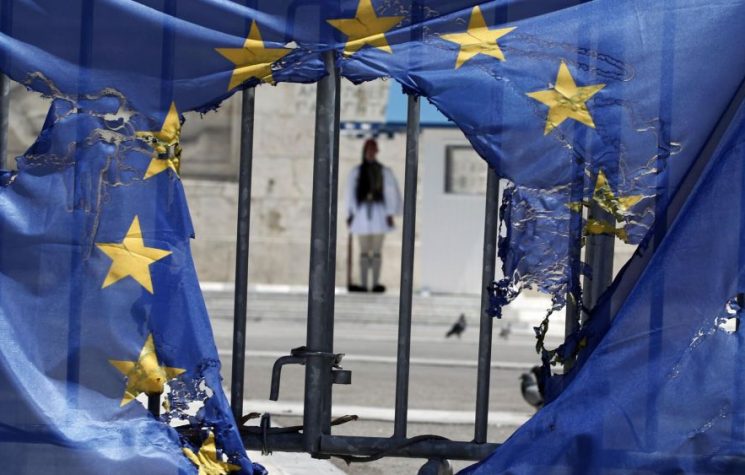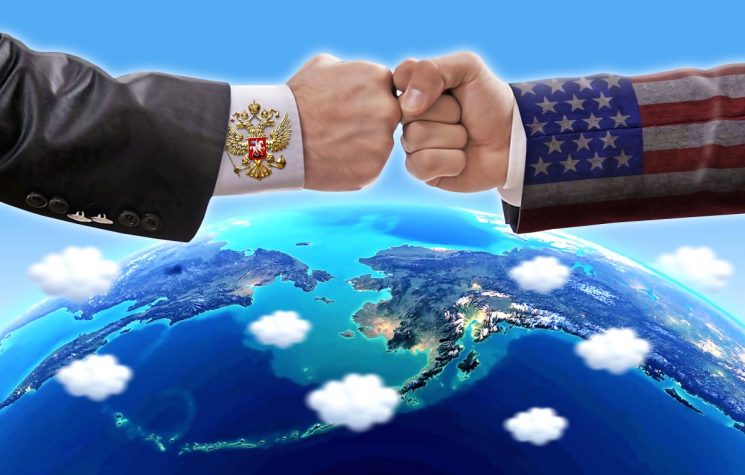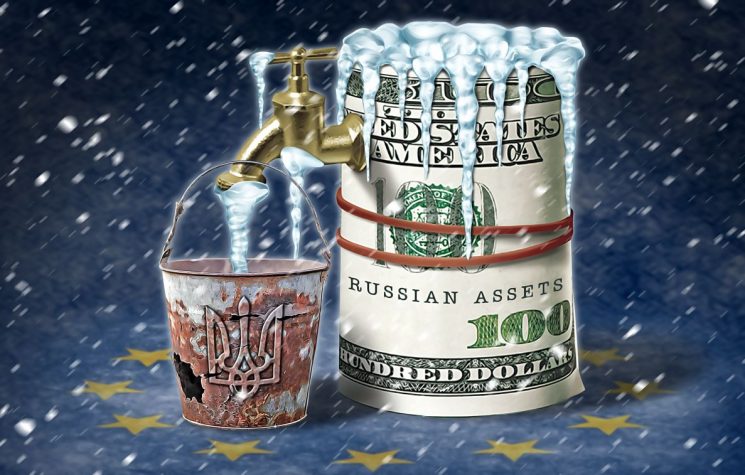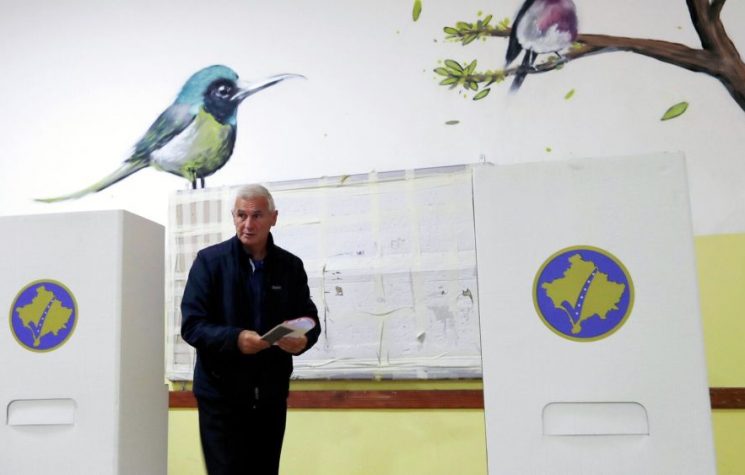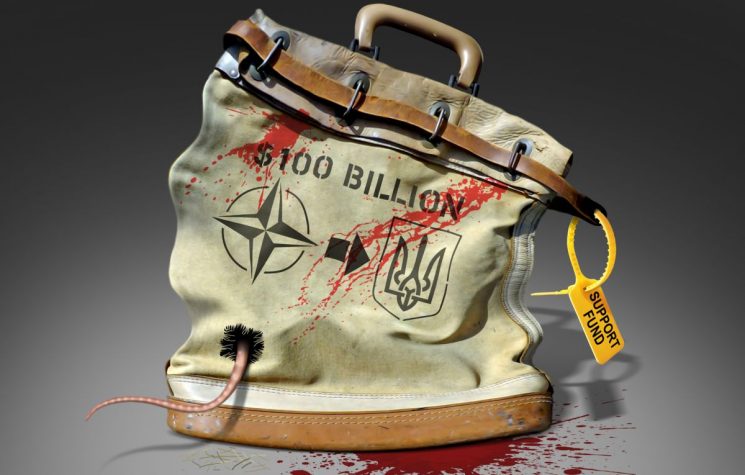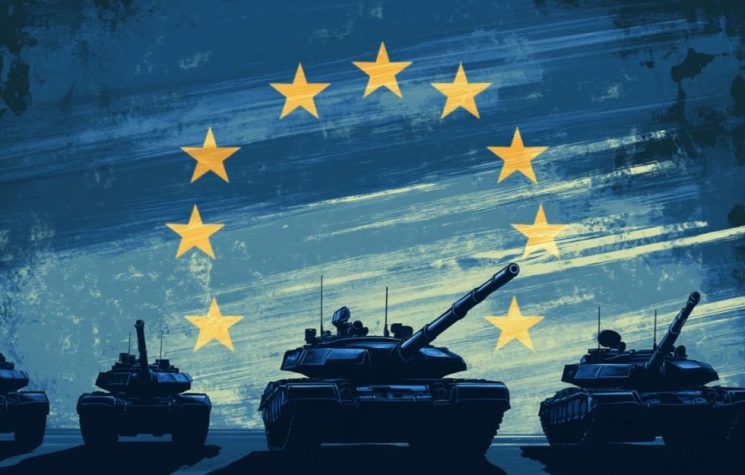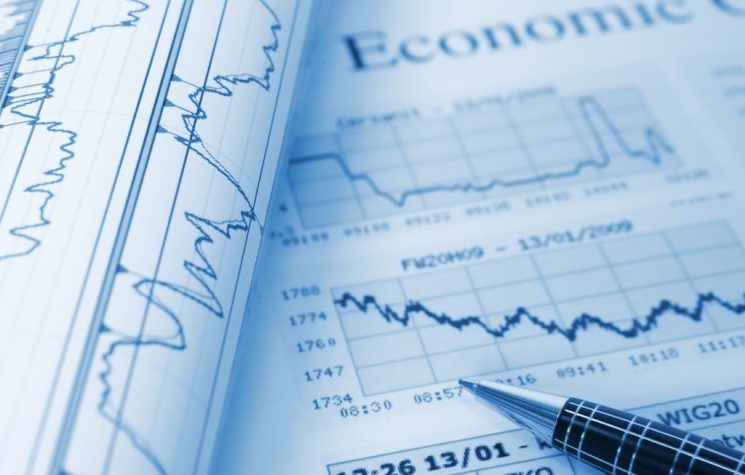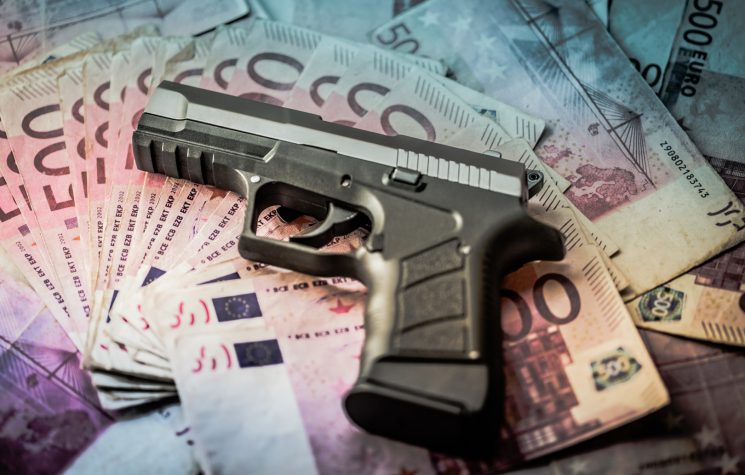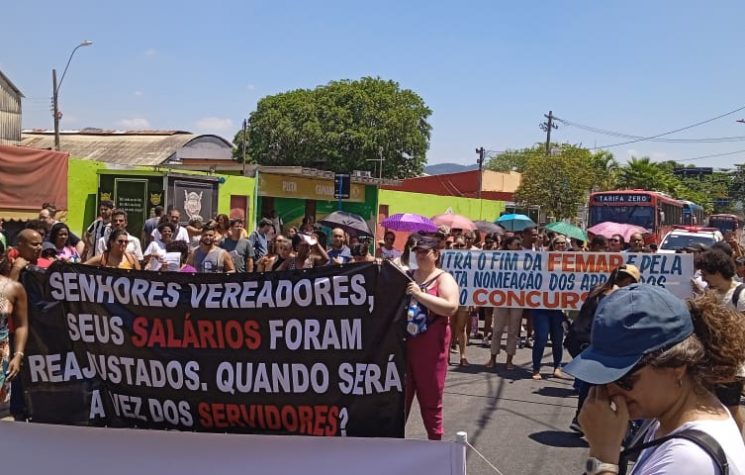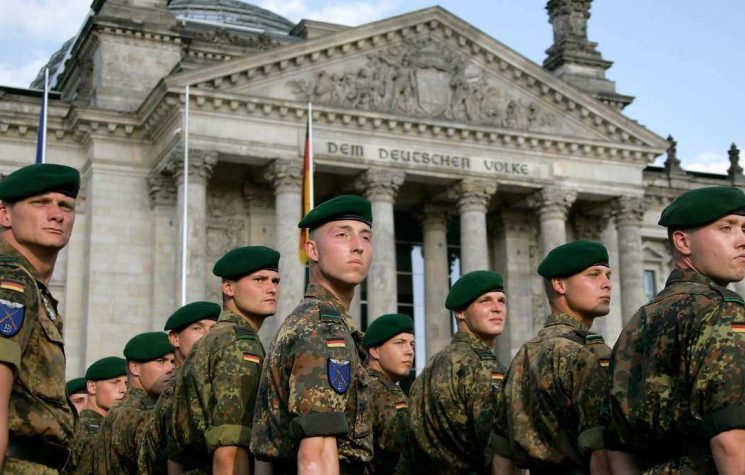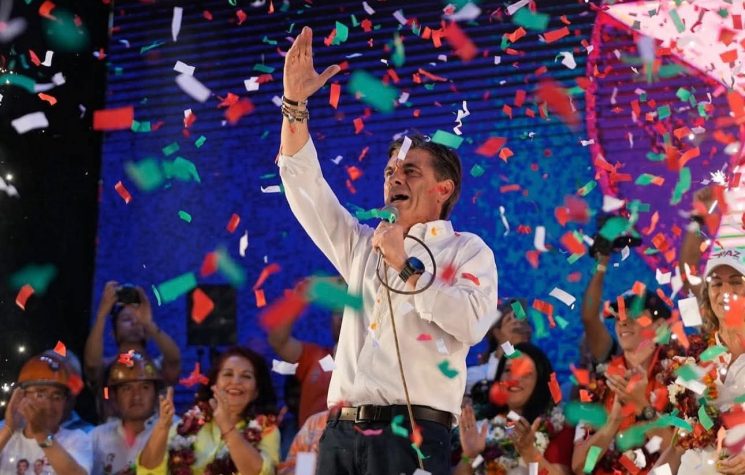This is what lies behind the German elections, Hugo Dionísio writes.
Contact us: info@strategic-culture.su
The elections in Thuringia and Saxony, seen as a referendum on the Scholz/Baerbock government and a foretaste of what is to come in 2025, confirmed the erosion of the German government, demonstrating that the “Zelensky curse” is alive and well. The closer you are to the former President of Ukraine and current dictator-in-waiting, the more likely it is that a government will fall. It’s an almost inexorable trend.
However, almost 80 years after the end of the Nazi terror, the neoliberal center is preaching the fear of fascism as its favorite banner. While they frighten their peoples with the AFD’s of this life, they support Banderism in Ukraine, Milei in Argentina and far right-wing coup plotters in Venezuela. And that’s what we get: the neoliberal center’s fight against the extreme right is nothing more than an opportunistic torpor, in which a privileged caste that considers itself civilized doesn’t want to be replaced by another, more treacherous caste.
And while they wave away the dangers of the “far right” by eliminating those who could really fight it, they don’t prevent their own self-destruction, as is the case with the Sholz/Baerbock executive. This is also the story of many other governments associated with the neoliberal center. But this self-destructive susceptibility is only the visible face — in Germany — of an even deeper social dynamic that is identified throughout the European Union, experienced throughout the 21st century, and which was imposed, in my opinion, through 4 critical accelerating processes, created/used to produce the political effect we are seeing today. If this dynamic is not stopped, it will lead purposefully and inexorably to a new fascist farce, neo-fascist, whatever you want to call it.
The first critical process to accelerate the neoliberal project in Europe coincided with Bush’s “War on Terror”, in which the whole of NATO embarked, following attacks in Spain, England or France, which resulted in the invasion of Afghanistan and Iraq, the construction of the Arab Spring and the destruction of Libya and Syria. It was in this sequence that a process of surveillance and centralization of information and intelligence was imposed from Washington, giving the U.S. the power to analyse, monitor and coordinate security efforts and creating the subjective conditions in the population for accepting what was to follow: mass surveillance of their every move in order to maintain their security.
Another critical moment was the financial crisis of 2008, which imposed the “State of Permanent Austerity”, preparing people for the idea that tomorrow, after all, will be no better than yesterday — only for some — accelerating the process of destroying the welfare state and bringing about the biggest transition of value between classes in recent history, which had taken place in the U.S. and the UK just after the unnamed “Washington Consensus”. It was with the 2008 crisis that the Washington Consensus finally became official European Union policy. Throughout this time, American “investors” have held dominant positions in important sectors throughout Europe.
The third critical moment was Covid-19, with the introduction of the Davos “Great Reset” and the whole ideology of the “new normal”. Exacerbated individualism, narcissism, internal migration from poorer to richer regions and immigration from outside into the Western bloc, uprooting people from their homeland, culture and language, the disappearance of the social fabric that gives societies it’s cohesion. “Uberization” has destroyed the remaining economic frontiers that resisted. A company in California operates in the West, from the USA, without intermediaries, without spending a penny on local logistics. Bypassing laws and all national sovereignty, it collects data, sells it, classifies it and makes a profit. On the other hand, Covid-19, accompanied by the whole logic of submission to forced recalls, movement restrictions and compulsory vaccinations, has created the subjective conditions for uncritical submission to a governance model.
As if that wasn’t enough, with Operation Ukraine, the last shred of sovereignty has been swept away from the central countries of the “Rules-Based Order”: the armed forces. “Interoperability” is back and, with it, the generalization of the NATO standard, which is to say, the U.S. standard, bought in the U.S., made under U.S. license. Military strategy and tactics are now developed in Washington, where European states are no more than outposts of the “Rules-Based Order”.
Information and intelligence; economics and finance; social and political organization; defense and security; these are the dimensions that have been centralized and consolidated in each of the critical moments. Each of these 4 moments represented an evolutionary leap in the strength with which the U.S. dominates the Rules-Based Order. In order to dominate the new century, the living space must be consolidated, coordinated from a recognized center, creating a bloc in which the relationships are defined as an organic whole. All to prepare for the confrontation between blocs. The economic and social results of this process of improvement, aimed at Europe and designed to make it secondary, have led to a relative loss of power, felt by the people and, unable to explain it, they are channeling this frustration towards those who speak it like no one else: the so called “far right”. Faced with impotence, postponed promises and the contradiction between discourse and practice from the neoliberal center, the solution lies in those who are resolute and effective, even if brutal.
Let’s make a pertinent historical comparison, so we know what we’re talking about. During the period in which fascism was born in the West (yes, in the U.S. there was apartheid for blacks and therefore fascism, even with supposed elections), wealth was distributed as follows: between the 1920s and 1940s, after the “First Red Scare”, the richest 10% got between 43% and 49% of income each year, the richest 1% got between 19% and 22%, and the poorest 50% got between 14% and 15%. The World Inequality Report doesn’t have the aggregated data for Europe, but in France, the results weren’t very different from what we see for the U.S. either. Basically, the U.S. represented the trend of the most advanced economies.
The first conclusion to be drawn from this is obvious: the period of the rise of fascism in the Western world coincided with a period of worsening inequalities, concentration of income, enormous concentration of wealth and a consequent worsening of living and working conditions. The system’s response to this crisis and to the increased power of workers’ demands, which were organized into powerful unions, coincided with the creation of fascism, corporatism (which defended social peace as opposed to dialectical struggle) and repression. We refer to the term “crisis” when we see a worsening of the contradictions resulting from the disparity in income distribution between the richest and the poorest
The defeat of Nazi fascism changed everything! In the USA, as early as 1945, the poorest 50% began to earn more income than the richest 1% (15.8% to 14.2%), while the richest 10% fell to 35.3%. It is this difference, of almost 15% lost by the richest 10%, that explains the strengthening of the American middle class and the construction of the so-called American dream. Without this transfer, the U.S. would hardly have become the superpower it was, nor would it have defeated the USSR. This also explains the arrival on the scene of McCarthyism (“Second Red Scare” from 1950-57), a fascist drift that “cleansed” trade unions and class organizations in the USA.
Up until the 1970s, the situation of American workers continued to improve, and the data bears this out. In 1970, the wealth controlled by the poorest 50% reached its highest point (21.1%) and that of the richest 10% (and the richest 1% too) reached its lowest point (34% and 10.1% respectively). The data couldn’t be clearer: the golden age of the USA coincides with the period in which the distribution of the wealth produced was fairer; it was also the period with more freedom, democracy, political engagement and better living conditions.
In France it was no different, once Nazi fascism was defeated and from 1945 onwards, the richest 10% reached their lowest point (31.4%), the richest 1% 8.5% and the poorest 50% went from 14.6% in 1934 to 20.5% in 1945. It’s a pity we don’t have data from Germany, but if that doesn’t speak for itself…
This relationship in the U.S., for better or worse, continued until the end of the USSR and, in 1995, everything was reversed back to the period before the Second World War. The “Washington Consensus” in 1989, which decreed the globalization of neoliberalism according to the “Chicago school”, coincides with the year in which the richest 1% once again concentrate more than 14% of annual income, something that hadn’t happened since the 50s. From 1989 onwards, the concentration has continued until the present day, when: in 2022, the richest 10% had 48.3% of annual income, the richest 1% 20.9% and the poorest 50% only 10.4%. It should be noted, in this regard, that the poorest 50% have never had so little annual income since records began. The lowest they had ever been in the USA was 11% around 1850!
Back to the German elections. We are living through a period in modern Western history in which the redistribution of the wealth produced (if we talk about existing wealth, it’s even worse) is at an all-time low. In Europe, the situation is not yet as serious as in the U.S., but these 4 critical accelerators that I have identified (War on Terror, Sovereign Crisis; Covid-19; Cold War 2.0), will necessarily produce the same effect of concentration of wealth that is already degrading and destroying the European welfare state, built on the back of a redistribution that, badly or not, still maintains some standards of justice.
Although there have been no major changes in the amount of wealth earned by the poorest 50% in the main European countries listed in the World Inequality Report, it is the so-called “middle class” that is the source of many of the complaints. In countries such as Sweden, Spain, Portugal, France, Germany, the Netherlands and others, the tendency is for the poorest 50% to lose ground to the richest 10%, albeit more slowly than in the USA at the end of the last century. In other words, economic relations are gradually developing which are producing a material reality typical of the period in which fascism was formed.
That’s why it’s time to dispel one of the most important myths, or dogmas, that the official narrative propagates about fascism: the main characteristic of fascism is not repression, but rather the acceleration of the concentration of wealth and its delivery to fewer and fewer people. Fewer and fewer people have more economic power, with which they buy political power and make the political system, even those that call themselves “democratic”, work on their terms. Lobbying, campaign financing and Think Thanks, or even academia itself, are some of the most commonly used means of interfering and shaping political solutions.
Instead of the process of concentration of wealth, repression can happen in any system when it is in crisis or feels threatened. Except in psychopathological cases, repression is an organic response justified by an external or internal attack. Only someone very detached or alienated from reality believes that there is no repression in the USA and, more recently, intensified repression in the European Union. All state systems have a repressive apparatus at their disposal and its use — of coercive means — depends on the level of the threat. In a fascist state, repressive apparatus is at the disposal of the wealthiest elites.
The same goes for elections. It is not the existence of elections that determines the fascist or democratic nature of a system. What determines its democratic nature is the scope of its policies. Whether they cover the interests of the majority or not. A choice between equals, as is the case in the U.S., is not democracy, it is suffragism. In the end, it will be the military-industrial complex and Wall Street who call the shots. Another characteristic of democracy is its ability to change economic policy when it does not serve the interests of the majority. Sterile, poorly participated elections in which minority parties govern, as is increasingly the case in Europe, cannot be explained by democracy. These minority parties govern because the economic base they serve allows them to do so, even in a minority. In short, fascism is possible with elections. And you will never see a fascist assuming that it is so.
If the state the U.S. is in already explains the emergence of a Trump, a “response” that is powerless to put an end to the armies of homeless people, junkies and people living in cars, trailers or tents; in the European Union, this process is no different and, although later, it is now taking place. In Europe too, the system’s response to the crisis is emerging as a result of the deepening contradiction in the redistribution of wealth. The greater the contradiction, the more unjust the redistribution, the more the system will produce demagogic, reactionary agents who will charm the poorest masses by blaming the poorest: migrants, refugees and others, brought here precisely by those who accumulate the most wealth.
It is therefore unacceptable for anyone responsible and knowledgeable about social dynamics and in possession of reliable information to be surprised by the electoral bias towards the “far right”. It is all the more serious when the political representatives of the neoliberal center, which lies from Wokism to ultraliberalism (Wokist Eurosocialist and Social Democratic parties accuse Maduro of committing fraud, but consider Milei a clean player!), once again, as in the 1920s and 1930s, appear to create the material conditions for succumbing to the dynamics of wealth concentration, whether through corruption, enchantment or fear of being destroyed (and they have reasons for being afraid), providing, in turn and once again, the emergence of fascist opportunity (whether in the case of the AFD or not). The moment when the super-rich use state repression to protect the process of wealth concentration.
So, no one can be surprised that the disgruntled, impoverished working masses, victims of rapine, much of it carried out from Washington, vote for the “far right”. After waves of historical revisionism comparing fascism to communism (and socialism) and the USSR to Nazi Germany, it was the neoliberal center itself that legitimized the extreme right. If we compare accepted parties, which have never promoted hatred and discrimination, with parties that make the doctrine of hatred and discrimination their flags, we end up normalizing the latter.
Moreover, unlike the vote for progressive parties (in an economic, Marxist sense), which reject and denounce wokism as a deviant characteristic from the right, the parties from the “far right”, on the other hand, pose no danger to the economic base that sustains the neoliberal center. No fascist regime altered the process of wealth concentration; on the contrary, it reinforced it. Even today, the “far right” is only defending the deepening of the existing economic model which, as I have shown, led to its emergence in the first place.
And here we see that historical revisionism is not innocent. It aims to create an escape route, an alternative to the neoliberal center, without real power, the power of accumulated wealth in the economy, changing hands. In this way, the great concentrators gain time, deceiving the masses once again, trapping them in fascist repression. When the fascist coup, the fascist deviation or the neoliberal extremist drift is overthrown, the masses are once again deceived with the neoliberal center, insofar as they don’t identify it as belonging to the same economic base that feeds the fascist state. And so they perpetuate their exploitation, moving between more or less aggressive forms of the same remedy.
For now, the German elections only confirm this vicious cycle. And the imprisonment in this cycle, once again, in a process of historical repetition, hides the greatest achievement of neoliberal, federalist, financialized globalism: the formatting of knowledge to the point where specialists, who are extremely competent in their field, are incapable of looking beyond what they have been taught. In this sense, fascism is nothing more than a specialization, a deepening of the current stage of globalist neoliberalism. Warmongering itself, whether in the U.S. (and it won’t end with Trump) or in the neoliberal center (for now), is also one of the consequences of the process of “economic fascization” of political life. It is the result of an increasingly aggressive tendency to appropriate wealth, even through war.
When I hear very competent economists (I’m not ironizing), with popular channels, criticize the West for succumbing, among other reasons, to high wages, I realize that the neoliberal ideological legacy is very heavy indeed. None of these highly competent economists are capable of looking beyond the neoliberal scheme they were taught. They just reproduce what they’ve been taught, being mere instruments of the logic of Western accumulation and plunder.
The inability to dream and aim for what is now considered impossible is the heaviest legacy of the last 100 years that the U.S. has had to hand down to us. The German elections, in their division between dreamers, situationists and deepeners, demonstrate this latent tension. They show that there are those who dream, but the forces of fear, hatred and reaction are stronger than ever. Neoliberalism is their favorite food.
Neoliberalism: the antechamber of fascism! This is what lies behind the German elections.










